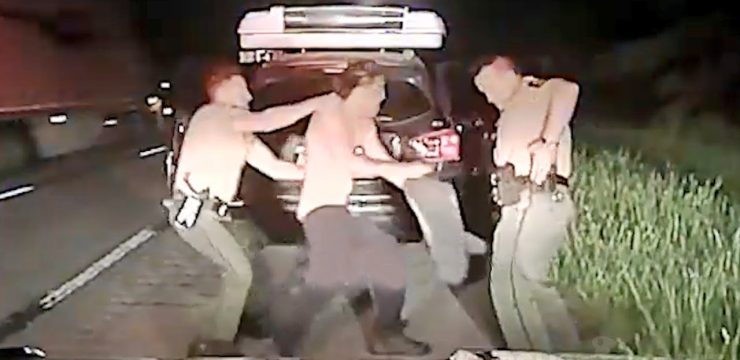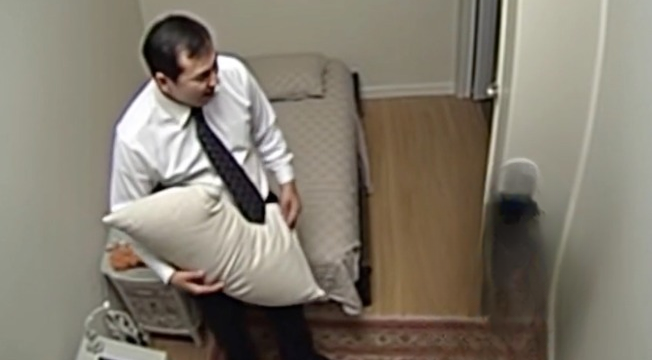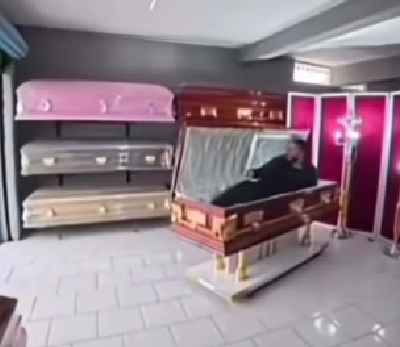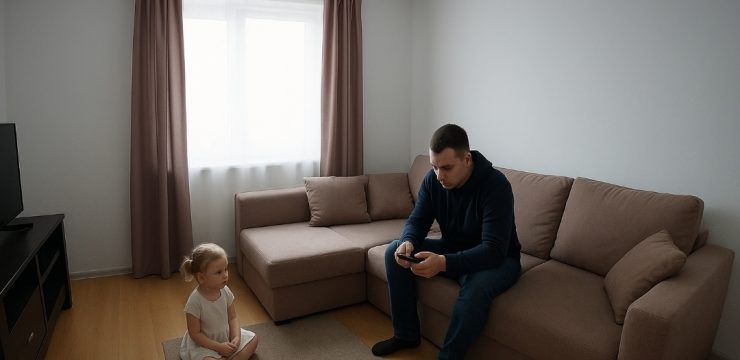It was a calm evening in a modest neighborhood on Chicago’s southwest side—until flashing blue lights shattered the stillness. What police found inside a small brick home that night would send shockwaves through the entire city. Six members of a close-knit Mexican family, including two young children, were discovered lifeless inside their house, victims of a violent and calculated attack that left investigators and neighbors struggling to comprehend the brutality. Officers described the scene as one of the most disturbing in recent memory, a sight that even veteran detectives found difficult to erase from their minds.
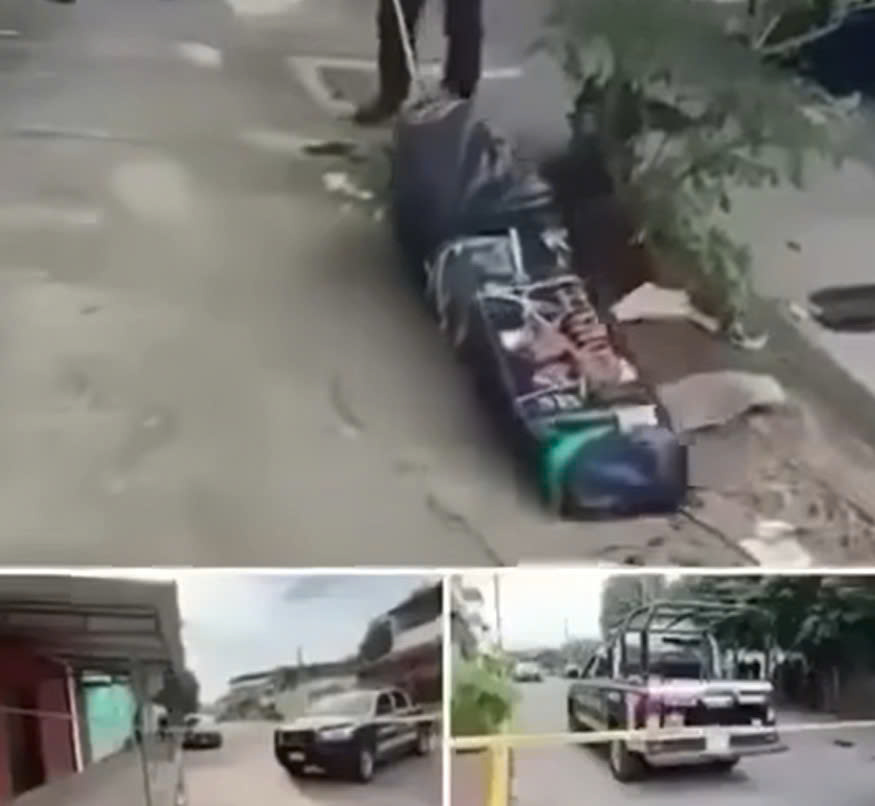
Authorities have since confirmed the identities of the victims, all members of the same household who had built a quiet, hardworking life in the area. Their days were filled with the rhythms of ordinary family life—school runs, weekend barbecues, and church gatherings. To those who knew them, they were kind, devoted, and peaceful people who kept to themselves. That such an unspeakable act of violence could unfold in their home felt impossible to comprehend. “It’s something you see in movies, not here on our street,” one neighbor said, her eyes welling with tears. “They were good people, always smiling. This doesn’t make sense.”
As police began piecing together the grim puzzle, the question on everyone’s mind was the same: why? Forensic teams spent hours scouring the home for clues, analyzing fingerprints, blood patterns, and digital evidence, including phone records and security footage from nearby streets. Every inch of the scene was treated as sacred ground in the search for truth. While officials have confirmed that the killings appear to have been intentional, they have been cautious not to draw conclusions too early. Whether the crime was the result of a targeted attack or a horrifying act of random violence remains under investigation.
The sole survivor, believed to be the family’s father, was not home at the time of the murders. Now, he faces the unimaginable task of confronting a future without his wife, children, and loved ones. Friends describe him as a man “shattered beyond recognition,” sitting in silence for hours as disbelief gives way to grief. Community members have rallied around him, setting up memorials of candles, flowers, and photographs at the family’s front yard fence. At night, flickering lights illuminate the sidewalk, each flame representing a memory—of laughter, of life, of love stolen too soon.
As word spread, the community’s sense of security crumbled. Parents began keeping their children indoors. Elderly residents double-locked their doors for the first time in years. Police have stepped up patrols in the area, but fear still lingers like a shadow that refuses to fade. “We used to sit outside and talk until midnight,” said one longtime resident. “Now, nobody does. We all go inside early and listen for every sound.” Local leaders and mental health counselors have begun meeting with residents, emphasizing the importance of unity in the face of tragedy. They warn that trauma of this kind can ripple far beyond those directly affected, eroding the collective trust that binds neighbors together.
Detectives have interviewed dozens of witnesses and are following multiple leads, but progress has been slow. Authorities have not ruled out the possibility of personal revenge or gang-related motives, though no firm evidence supports either theory. The family had no known enemies, no history of criminal involvement, and no recent conflicts that could explain such a horrific outcome. The absence of clear motive only deepens the community’s unease. “When you don’t know why, it makes you wonder who’s next,” a local shop owner said quietly.
Chicago, a city already familiar with the scars of violence, finds itself grappling with yet another wound—one that feels particularly personal because it happened in the heart of a peaceful residential block. Religious leaders have called for vigils across the city, urging citizens to come together in prayer and solidarity. At St. Mary’s Church, where the family once attended Sunday Mass, the pastor’s voice trembled as he spoke: “Evil came into our midst, but it will not have the last word. We will honor their memory by refusing to let fear divide us.”
Behind the police barricades, journalists and onlookers have gathered daily, hoping for updates. But as days turn into weeks, the unanswered questions remain. Who could commit such an act against an innocent family? Was there a warning sign everyone missed? Detectives have promised justice, but even they acknowledge that closure may take time. Each discovery seems to open another layer of complexity, revealing just how deeply calculated the crime may have been.
In the midst of this uncertainty, what stands out most is the human cost. The sight of toys scattered across the yard, children’s drawings still taped to the refrigerator, and family photos smiling from dusty frames—all reminders of lives abruptly silenced. The tragedy has prompted renewed discussions among city officials about strengthening neighborhood safety programs, investing in mental health support, and rebuilding public trust. But for those who lived on that quiet street, healing feels distant. “We’ll never see that house the same way again,” said one neighbor. “It’s like the soul of our block is gone.”
This horrific event serves as a stark reminder of how fragile peace can be. Six lives were taken in one senseless act that defies logic and compassion. A father is left to mourn alone, and a city once again questions its ability to protect its most vulnerable. Yet amid grief, Chicago’s resilient spirit endures. Residents continue to bring flowers, light candles, and leave messages of hope. Each gesture, no matter how small, becomes part of the city’s effort to reclaim a sense of humanity from tragedy.
Until the killer is found and justice is served, the memory of that night will remain a wound in Chicago’s heart—a haunting echo of loss, love, and the desperate search for answers. But even in the face of horror, the city refuses to surrender to despair. Out of this darkness, perhaps, will come a renewed determination to protect what matters most: family, community, and the shared belief that no life should ever end this way.
